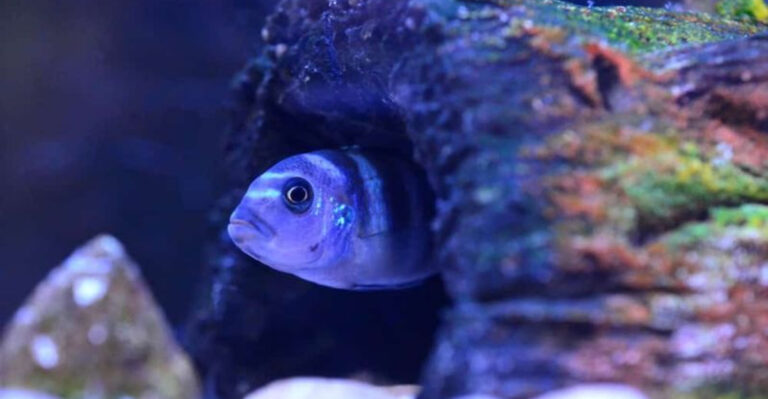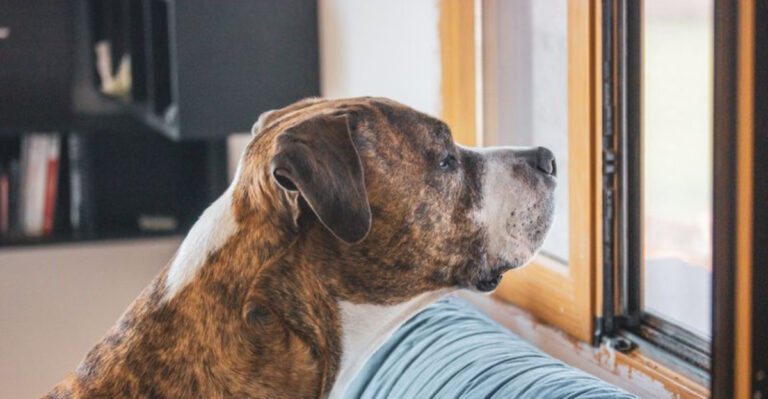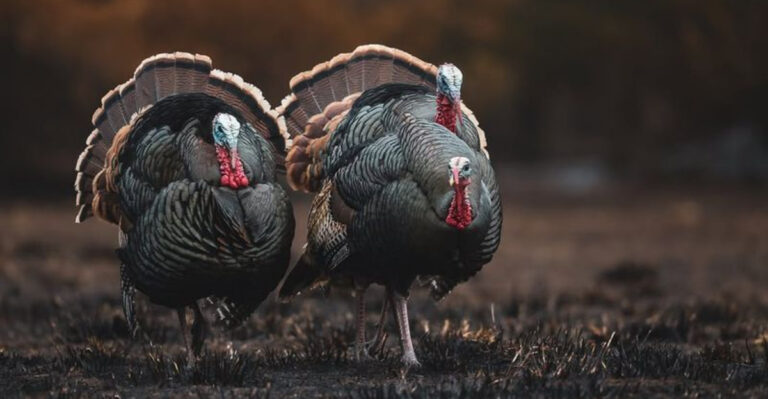10 Little Acts Of Kindness Your Dog Does Without You Noticing (And 5 Ways They Show Discomfort)
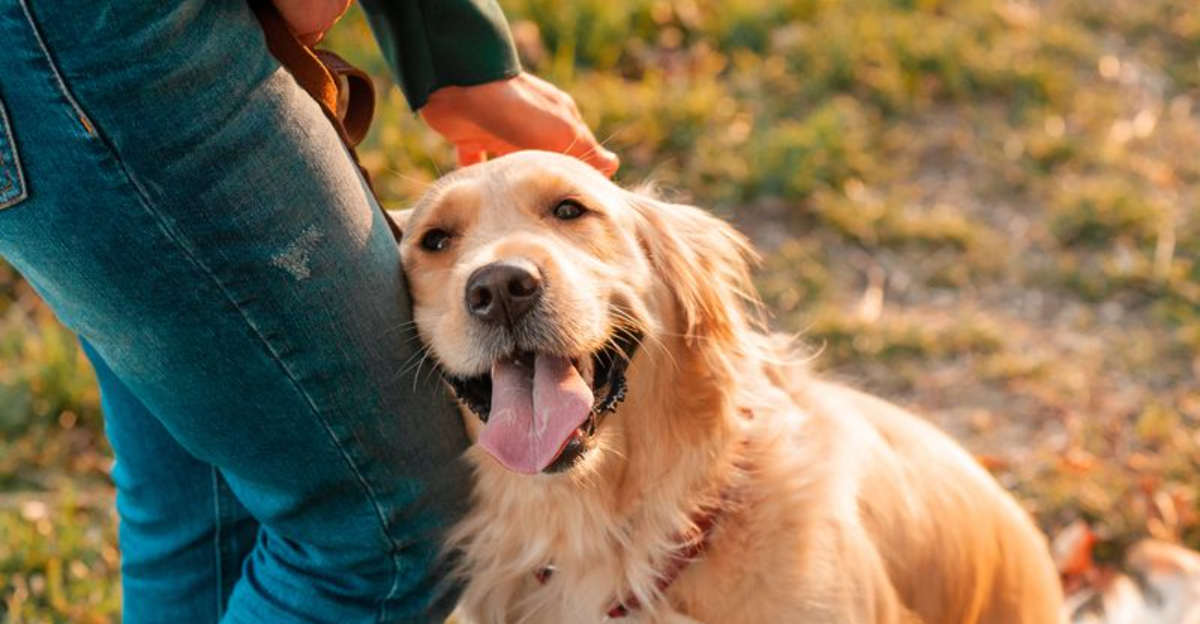
Dogs speak a special language of love that often goes unnoticed in our busy lives. These furry companions communicate their affection through subtle gestures and behaviors that show just how deeply they care for us.
Understanding these signals, along with recognizing signs of discomfort, helps strengthen the beautiful bond between you and your four-legged friend.
1. Following You From Room To Room
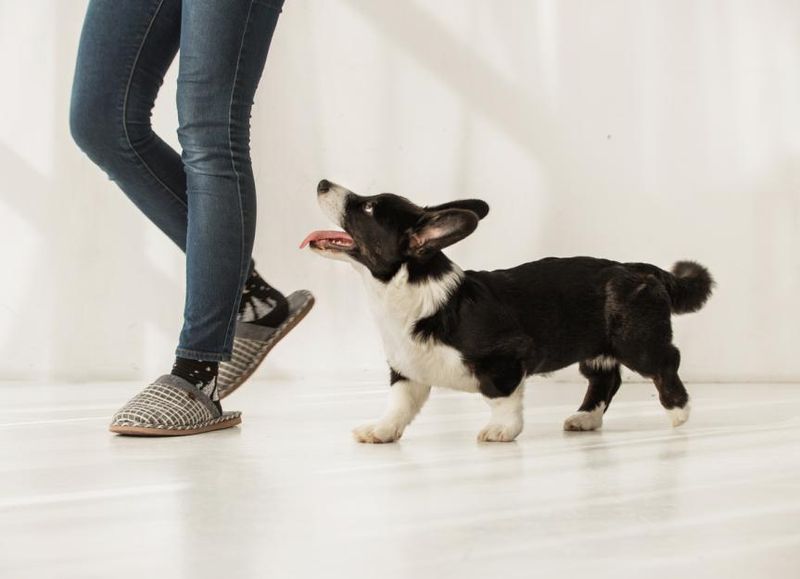
Your canine shadow trails you from kitchen to bathroom to bedroom without asking for anything in return. This isn’t just habit—it’s their way of maintaining the pack connection.
Dogs are naturally social creatures who find comfort in your presence. Even when you’re just folding laundry or washing dishes, your pup wants to be part of your world.
2. Resting Their Head On Your Lap
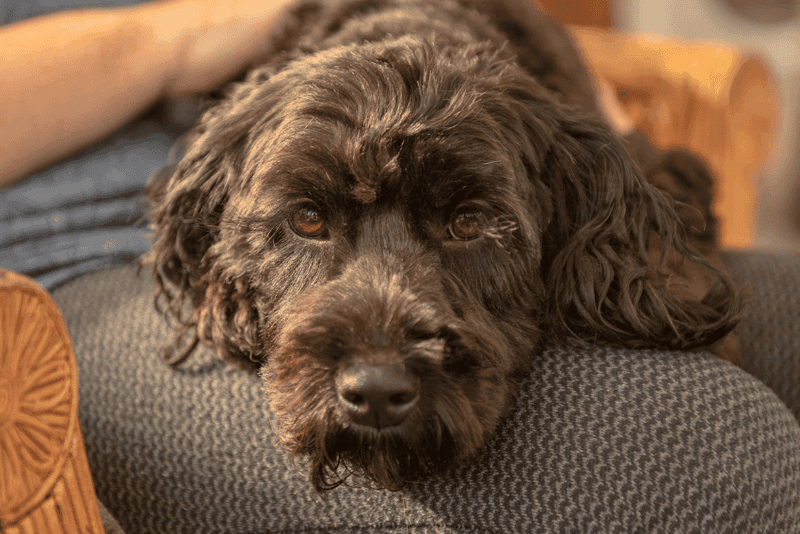
That gentle weight on your thigh isn’t just your dog getting comfortable. When Fido places his head in your lap, he’s expressing profound trust and seeking connection.
This intimate gesture allows your pet to catch your scent and feel your warmth. Many dogs choose this position during quiet evenings, creating a bond that transcends words.
3. Bringing You Their Favorite Toy
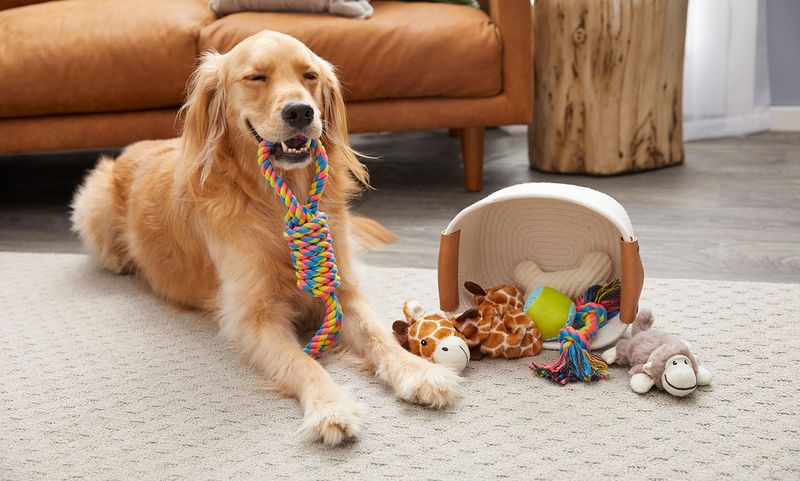
That slobbery tennis ball or tattered stuffed animal delivered to your feet is actually a precious gift. Your dog is sharing their most valuable possession with the person they love most.
This gesture goes beyond play—it’s their version of giving you a thoughtful present. Some behaviorists believe this mimics how wolves share resources within their pack.
4. Sleeping Near You For Protection
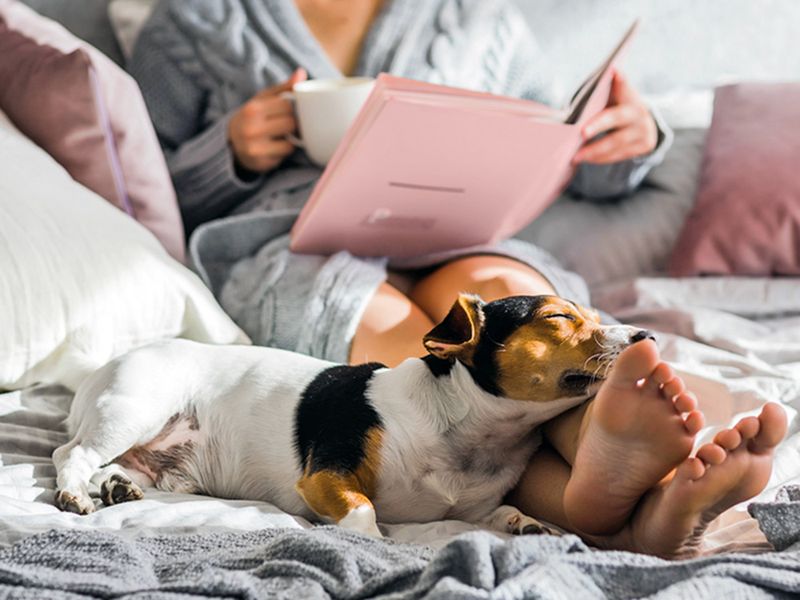
Ever notice your dog positioning themselves by the bedroom door or at the foot of your bed? This strategic placement isn’t random—they’re standing guard while you’re vulnerable.
Ancient wolves developed this protective behavior for pack survival. Your modern pup maintains this instinct, creating a security perimeter around their favorite human even while dozing.
5. Offering Their Belly For Rubs
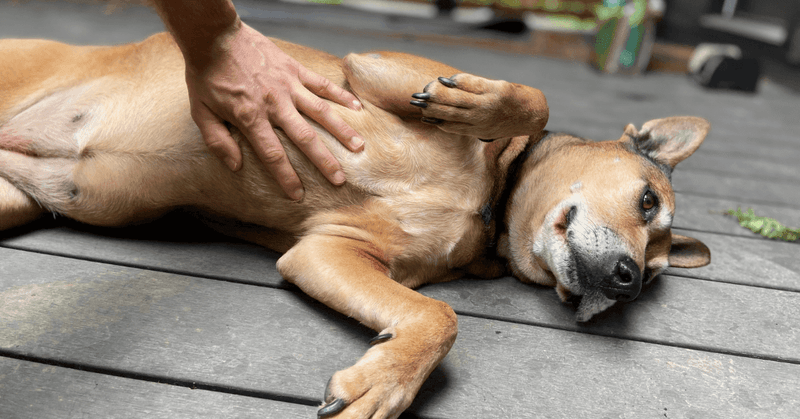
When your furry friend flops over exposing their tummy, they’re making themselves completely vulnerable. This position leaves vital organs exposed—something no dog would do unless they felt absolutely safe.
The belly is your dog’s most protected area. By inviting you to touch this sensitive spot, they’re demonstrating complete faith in your relationship, essentially saying “I trust you with my life.”
6. Quietly Sitting By Your Side
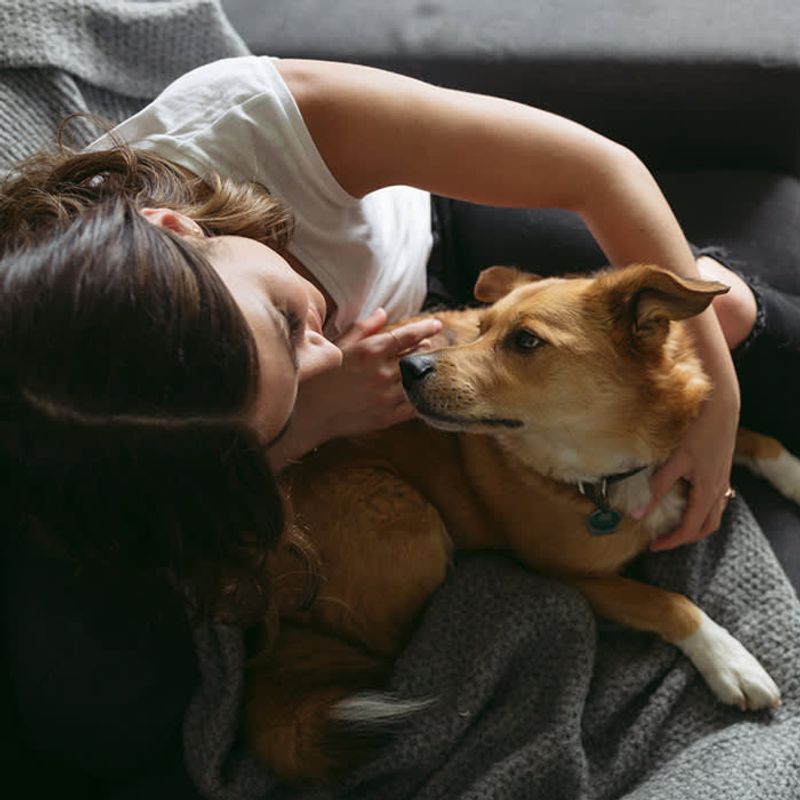
Unlike the attention-seeking behaviors we often notice, sometimes your dog simply sits beside you, asking for nothing. This quiet companionship represents pure, unconditional friendship. Dogs are remarkably perceptive about human emotions.
When you’re feeling down, that silent presence beside you isn’t coincidence—it’s your pup offering emotional support in the most respectful way possible.
7. Leaning Against You
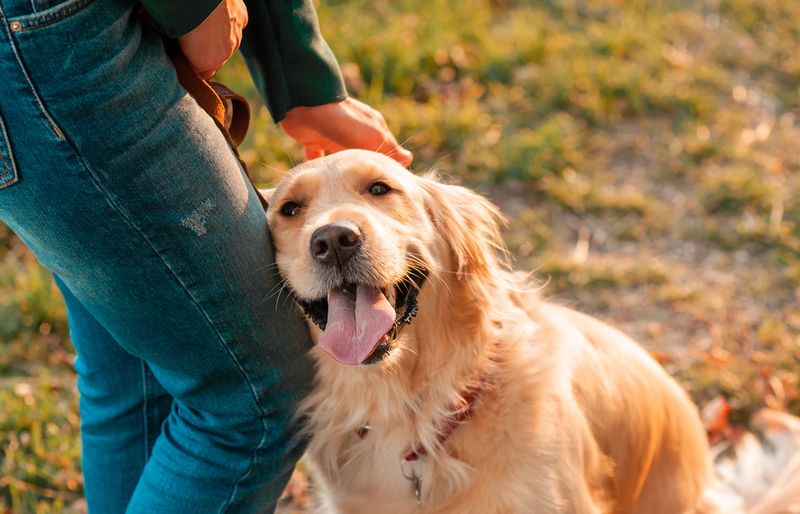
That subtle pressure against your leg isn’t your dog being pushy—it’s a heartfelt hug in canine language. Physical contact releases oxytocin in both humans and dogs, strengthening your emotional connection.
Puppies learn this behavior in their litter, pressing against siblings and mother for warmth and security. When your adult dog leans on you, they’re recreating this primal comfort with their chosen family member.
8. Licking Your Face Or Hands
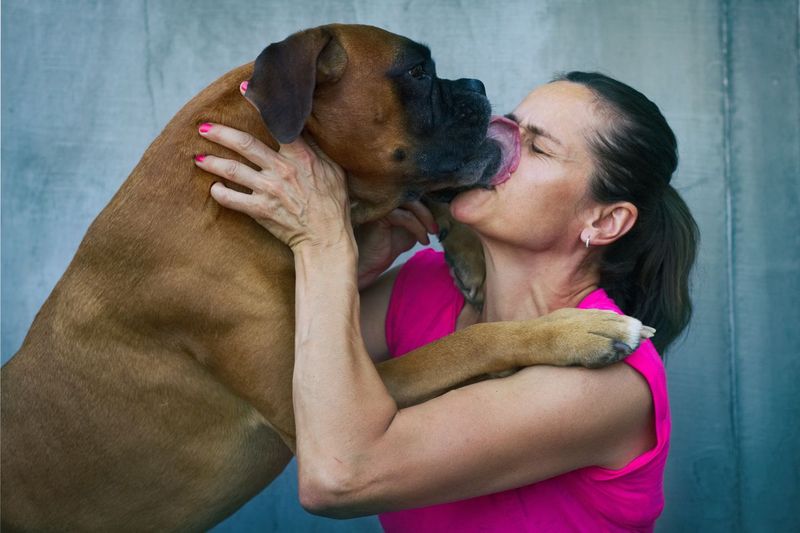
Those slobbery kisses might seem gross to some, but they’re actually meaningful gestures rooted in wolf behavior. Wild canid puppies lick their mother’s mouth to stimulate food regurgitation—a survival mechanism.
Your domesticated friend has adapted this instinct into a greeting and bonding ritual. Face-licking especially demonstrates respect and acknowledgment of your position as their trusted pack leader and caregiver.
9. Bringing You Food Or Snacks
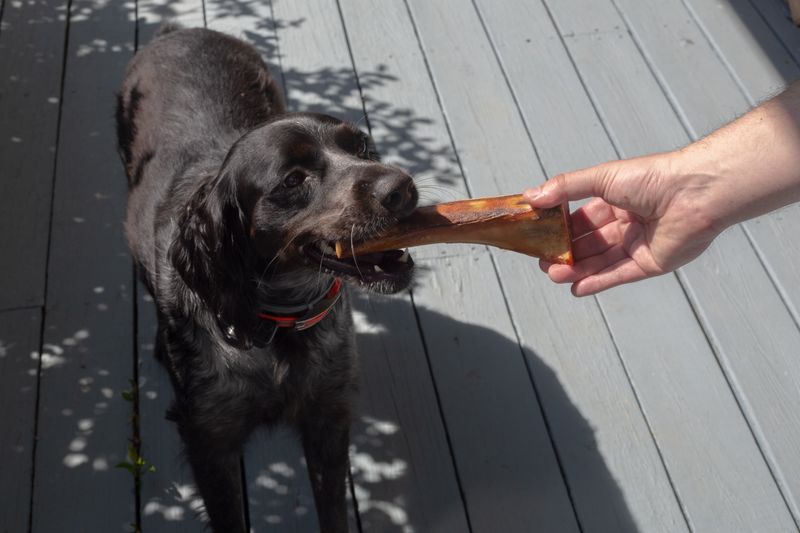
Finding kibble in your shoe might seem strange, but your dog is actually sharing their resources with you. This behavior stems from pack mentality where food-sharing strengthens social bonds.
Your pup genuinely believes they’re contributing to the household by offering you their treasures. It’s particularly common in breeds with strong retrieving instincts or dogs with nurturing personalities.
10. Staring At You With Loving Eyes
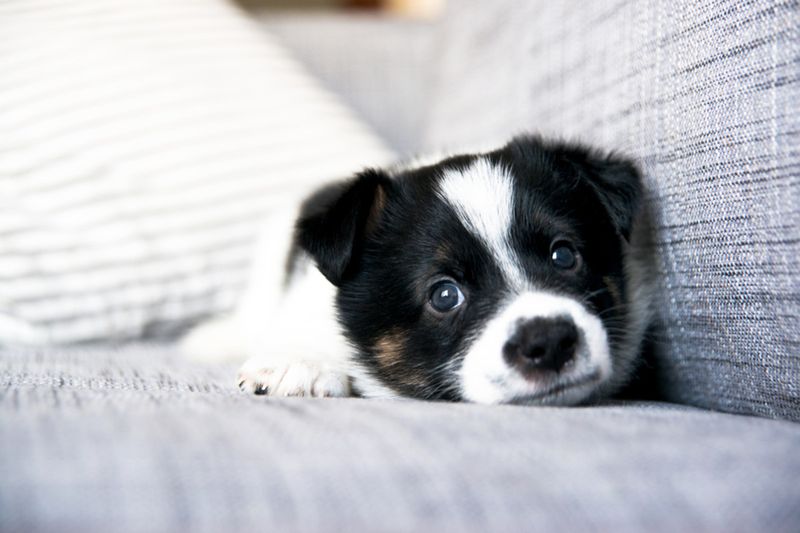
Scientists have confirmed that mutual gazing between dogs and their humans releases oxytocin—the same hormone that bonds mothers with babies. That soft-eyed look isn’t just attention-seeking; it’s a chemical love connection.
Your dog deliberately makes this eye contact to strengthen your relationship. Unlike with other animals or strangers, this sustained gaze with you represents deep trust rather than a challenge or threat.
11. Avoidance Or Hiding
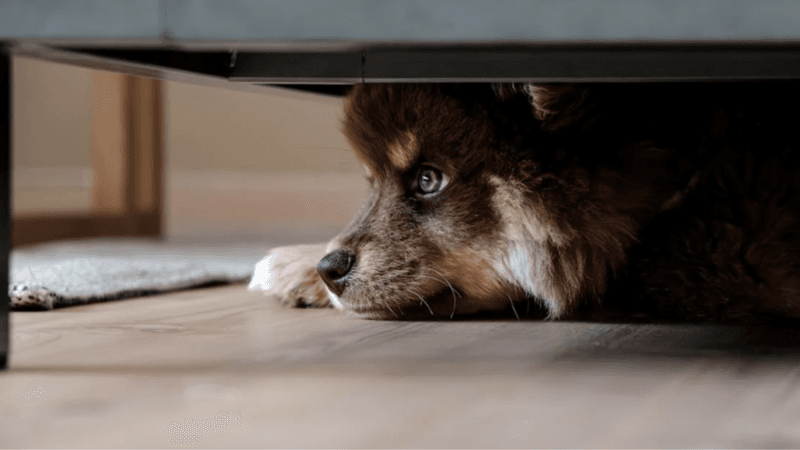
When your normally social pup retreats under the bed during a thunderstorm, they’re self-regulating their anxiety. Dogs instinctively seek small, enclosed spaces when overwhelmed because it mimics the security of a den.
Respect this coping mechanism rather than forcing interaction. Providing designated “safe zones” with familiar scents helps your dog manage stress on their own terms.
12. Excessive Panting
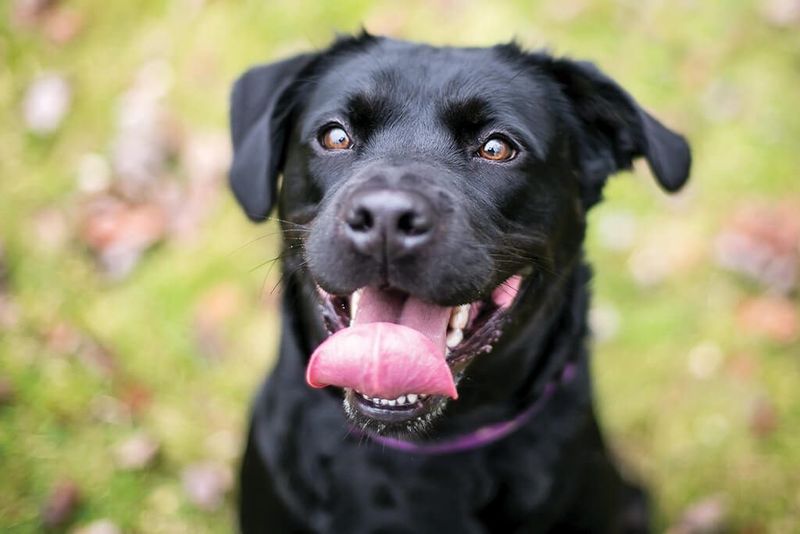
While panting helps dogs regulate temperature, unexpected heavy breathing without physical exertion signals distress. The rapid, shallow breaths increase oxygen intake—a physiological response to stress similar to human hyperventilation.
Pay attention to context clues like dilated pupils or drooling that often accompany stress-panting. This autonomic response can indicate pain, anxiety, or even certain medication side effects that warrant veterinary attention.
13. Whining Or Barking Excessively
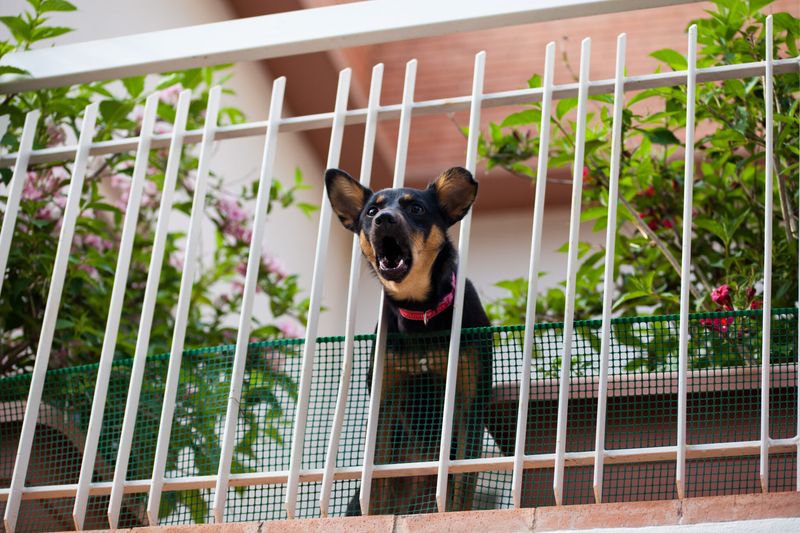
Those high-pitched vocalizations aren’t just your dog being dramatic. Whining serves as a multifaceted communication tool expressing everything from mild frustration to significant pain or anxiety. Different pitches and patterns convey specific messages.
Short, repetitive whines often signal excitement or anticipation, while prolonged, mournful sounds typically indicate distress requiring your attention and compassion.
14. Tense Body Language Or Stiffness
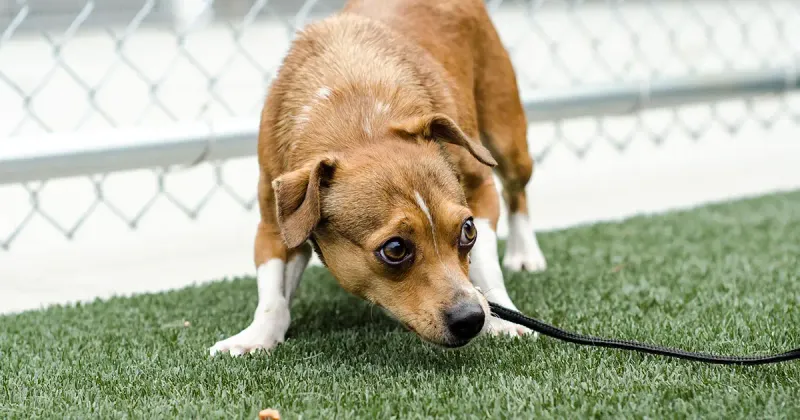
A relaxed dog has fluid movement and soft eyes. When your pup suddenly freezes with rigid posture, they’re experiencing the canine equivalent of tension headaches or stress-induced muscle tightness.
Watch for subtle signs: a stiff tail held low (not wagging), weight shifted backward, and slightly raised hackles. These physical manifestations of discomfort typically precede more obvious signals like growling or retreating.
15. Excessive Grooming Or Licking
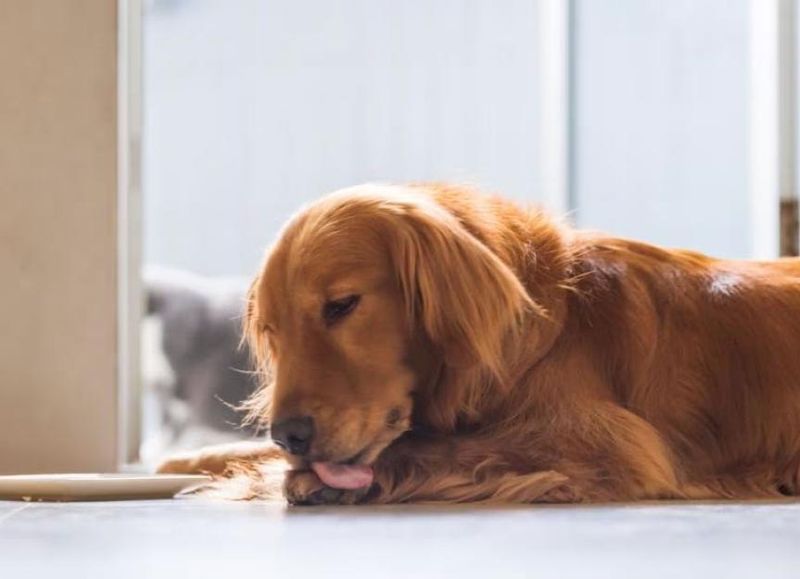
That constant paw-licking might look like fastidious grooming, but it often signals underlying issues. Dogs redirect anxiety through repetitive behaviors, creating a self-soothing ritual similar to human nail-biting.
Certain spots receive special attention—paws, tail base, and flanks commonly become focus points. This behavior releases endorphins that temporarily relieve stress but can develop into harmful compulsions requiring veterinary intervention.


